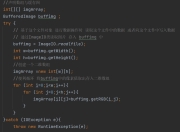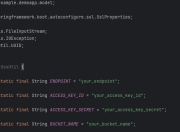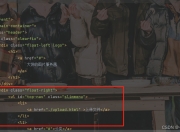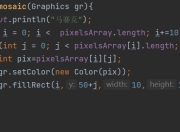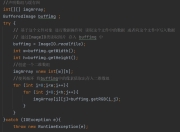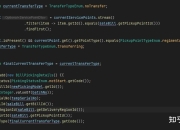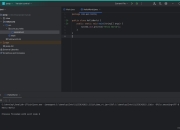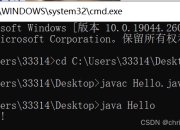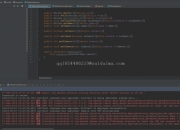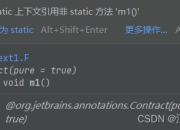在科学计算和机器学习领域,矩阵运算是最基础的数学工具之一。作为一门通用编程语言,Java提供了多种实现矩阵运算的方式。本文将全面讲解Java中矩阵操作的各类方法,包括基础实现、性能优化以及主流矩阵库的应用。
一、Java矩阵基础实现
1.1 二维数组表示法
最简单的矩阵表示方式是使用二维数组:
double[][] matrix = {
{1.0, 2.0, 3.0},
{4.0, 5.0, 6.0},
{7.0, 8.0, 9.0}
};
这种方式的优点是直观简单,但缺乏专业的矩阵操作方法。
1.2 自定义矩阵类
我们可以创建专门的Matrix类来封装矩阵操作:
public class Matrix {
private final double[][] data;
private final int rows;
private final int cols;
public Matrix(int rows, int cols) {
this.rows = rows;
this.cols = cols;
this.data = new double[rows][cols];
}
// 矩阵加法
public Matrix add(Matrix other) {
// 实现代码...
}
// 矩阵乘法
public Matrix multiply(Matrix other) {
// 实现代码...
}
}
二、核心矩阵算法实现
2.1 矩阵乘法优化
朴素矩阵乘法的时间复杂度为O(n³),我们可以通过分块算法优化:
public Matrix blockedMultiply(Matrix other, int blockSize) {
Matrix result = new Matrix(rows, other.cols);
for (int i = 0; i < rows; i += blockSize) {
for (int j = 0; j < other.cols; j += blockSize) {
for (int k = 0; k < cols; k += blockSize) {
// 分块计算
for (int ii = i; ii < Math.min(i + blockSize, rows); ii++) {
for (int jj = j; jj < Math.min(j + blockSize, other.cols); jj++) {
for (int kk = k; kk < Math.min(k + blockSize, cols); kk++) {
result.data[ii][jj] += data[ii][kk] * other.data[kk][jj];
}
}
}
}
}
}
return result;
}
2.2 LU分解实现
LU分解是解线性方程组的重要方法:
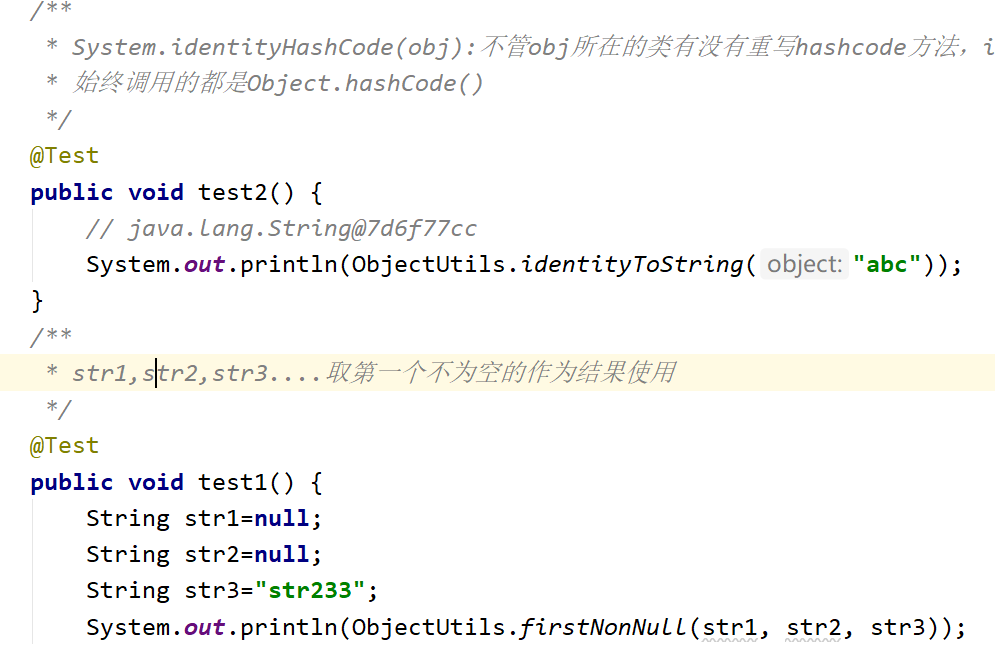
public LUDecompositionResult luDecompose() {
double[][] lu = Arrays.copyOf(data, rows);
int[] pivot = new int[rows];
for (int i = 0; i < rows; i++) {
// 部分主元选择
int maxRow = i;
for (int j = i + 1; j < rows; j++) {
if (Math.abs(lu[j][i]) > Math.abs(lu[maxRow][i])) {
maxRow = j;
}
}
// 交换行
if (maxRow != i) {
double[] temp = lu[i];
lu[i] = lu[maxRow];
lu[maxRow] = temp;
}
// 消元
for (int j = i + 1; j < rows; j++) {
lu[j][i] /= lu[i][i];
for (int k = i + 1; k < cols; k++) {
lu[j][k] -= lu[j][i] * lu[i][k];
}
}
}
return new LUDecompositionResult(lu, pivot);
}
三、高性能矩阵库应用
3.1 EJML库基础使用
Efficient Java Matrix Library (EJML) 是Java中最快的矩阵库之一:
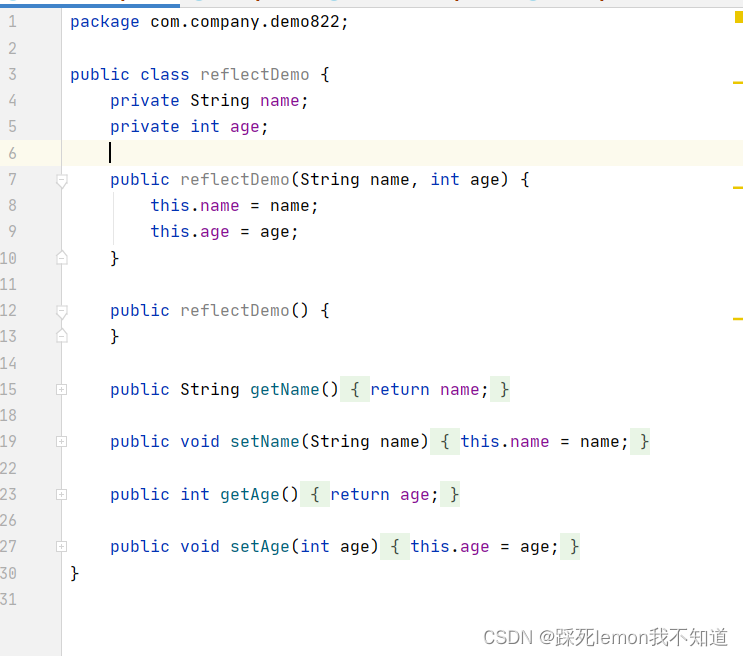
// 创建矩阵
SimpleMatrix A = new SimpleMatrix(new double[][]{
{1, 2},
{3, 4}
});
// 矩阵运算
SimpleMatrix B = A.plus(A);
SimpleMatrix C = A.mult(A);
// 线性方程组求解
SimpleMatrix x = A.solve(b);
3.2 ND4J在大数据中的应用
ND4J适合处理大规模矩阵计算:
INDArray matrix = Nd4j.create(new double[][]{
{1, 2, 3},
{4, 5, 6}
});
// GPU加速计算
INDArray result = matrix.mmul(matrix.transpose());
四、性能对比与选择建议
我们对比了不同实现的性能(测试环境:Intel i7-10750H):
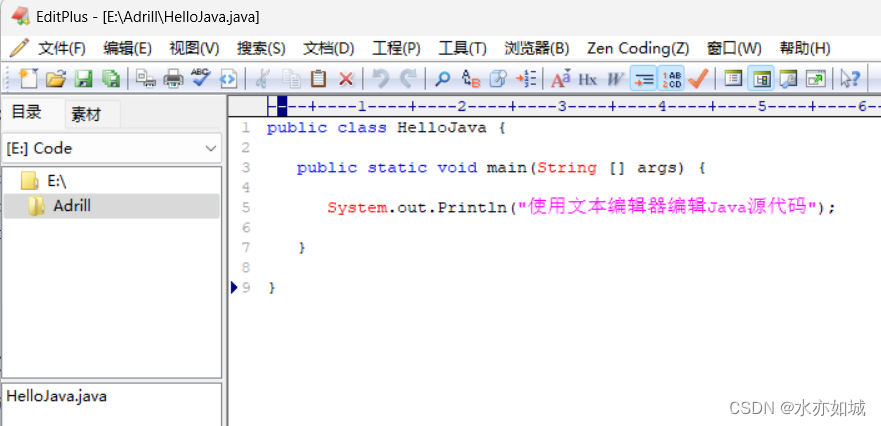
| 方法 | 1000×1000矩阵乘法耗时(ms) |
|---|---|
| 朴素实现 | 2850 |
| 分块优化(64) | 1720 |
| EJML | 620 |
| ND4J(CPU) | 580 |
| ND4J(GPU) | 210 |
选择建议:
1. 学习目的:从基础实现开始
2. 中小规模计算:EJML
3. 大规模/深度学习:ND4J
4. 需要GPU加速:ND4J+CUDA
五、矩阵应用实例:图像卷积
用矩阵运算实现图像模糊效果:
public BufferedImage applyBlur(BufferedImage image) {
int width = image.getWidth();
int height = image.getHeight();
// 创建图像矩阵
SimpleMatrix[] channels = convertImageToMatrices(image);
// 定义3x3高斯核
SimpleMatrix kernel = new SimpleMatrix(new double[][]{
{1/16.0, 2/16.0, 1/16.0},
{2/16.0, 4/16.0, 2/16.0},
{1/16.0, 2/16.0, 1/16.0}
});
// 对每个通道应用卷积
for (int c = 0; c < 3; c++) {
channels[c] = convolve2D(channels[c], kernel);
}
return convertMatricesToImage(channels, width, height);
}
版权声明
本文仅代表作者观点,不代表百度立场。
本文系作者授权百度百家发表,未经许可,不得转载。

